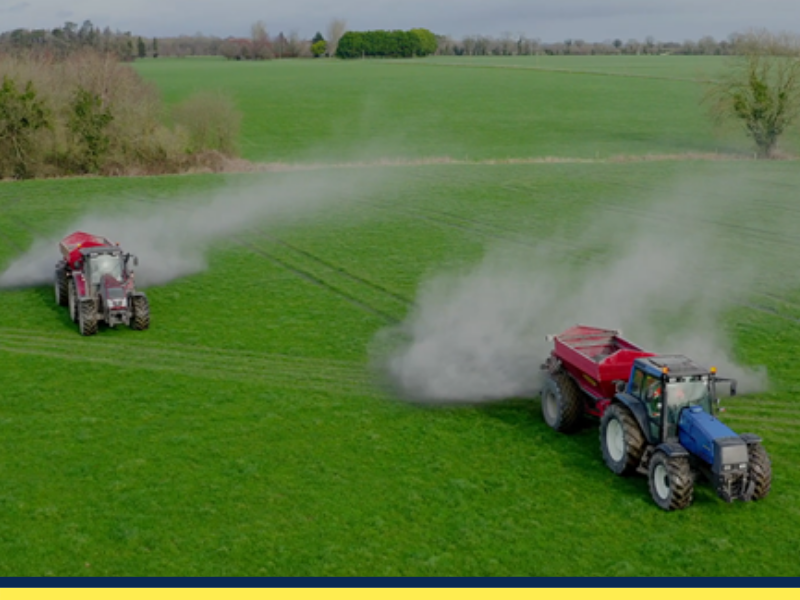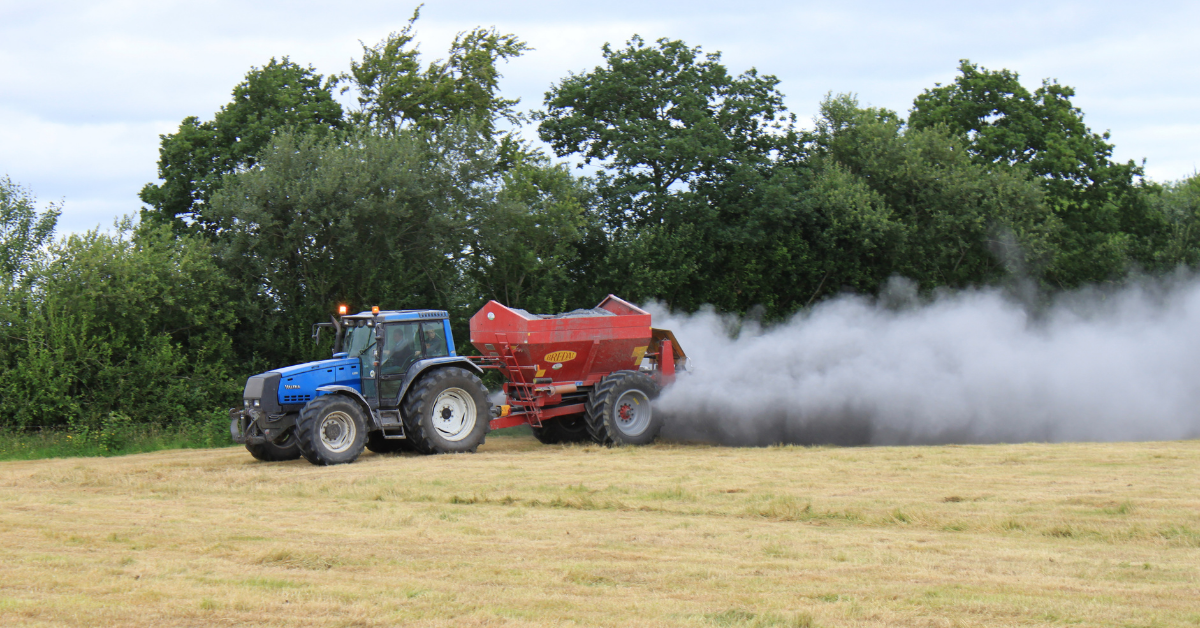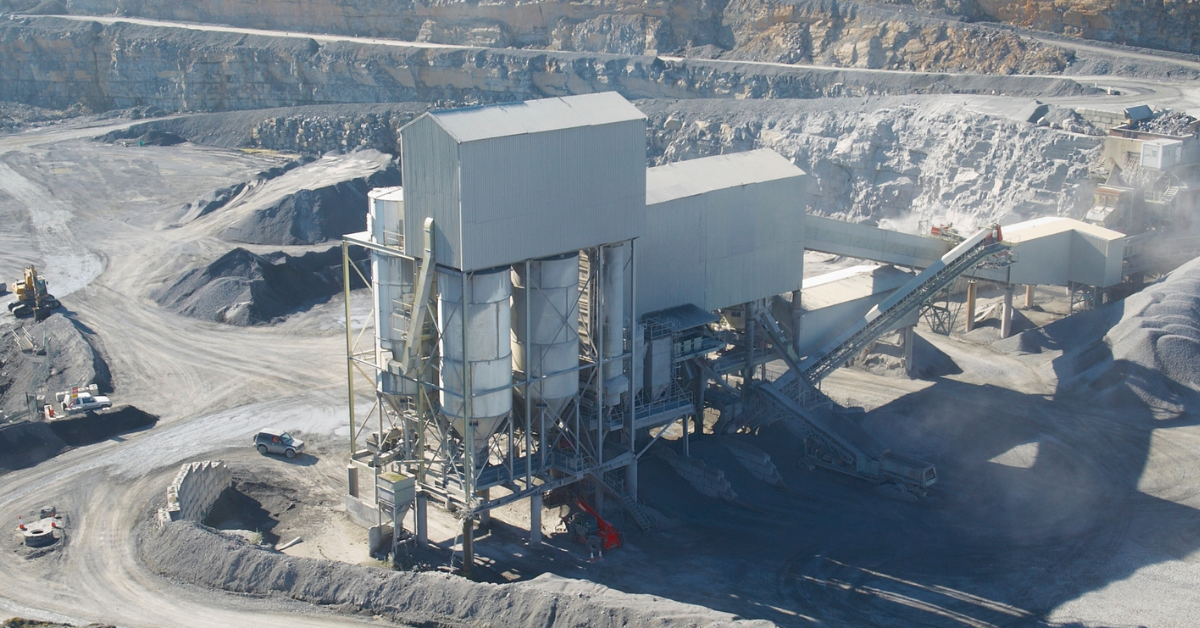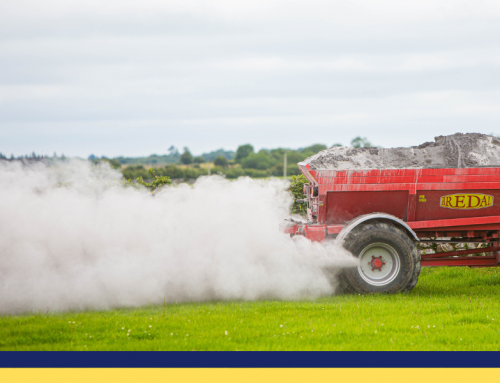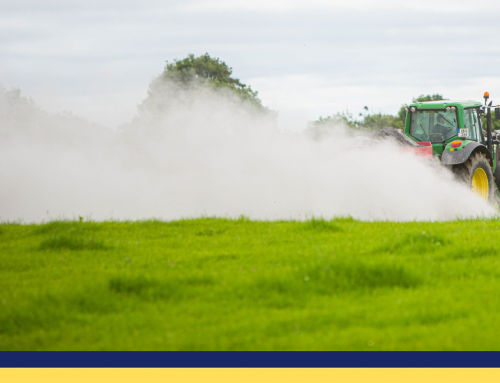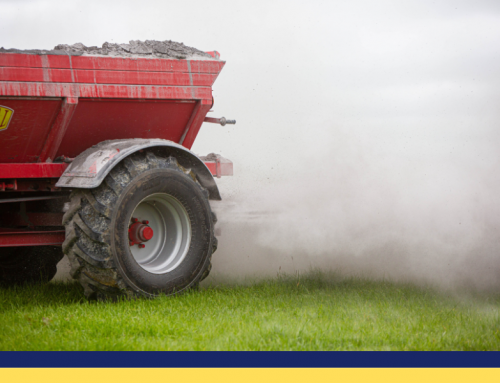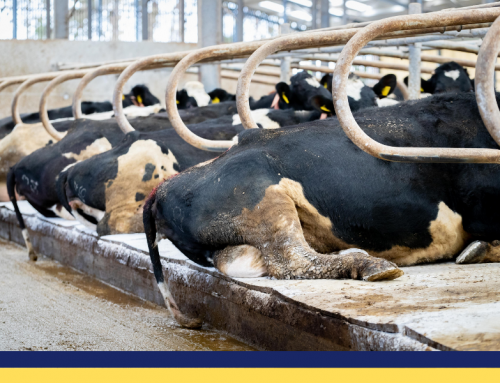Correcting soil pH is the first step to improving soil productivity and exploiting our competitive advantage of maximising the level of grazed grass in animal diets.
Trials have shown that by increasing soil pH from 5.5 to 6.3, increased grass production of at least 1.5t DM/ha/year can be achieved, which represents a 7:1 return on investment; €7 in additional grass yield for each €1 invested in lime.
Correcting soil pH allows for more efficient use of Nitrogen (N) fertilisers, meaning less N will be required to grow the same amount of grass. A regular application of lime releases up to 80kgs of N/ha/year and unlocks phosphorus (P) and potassium (K) from organic soil reserves, which reduces the need for applied fertiliser.
Regular liming will also be a key requirement where clover swards are being established as clover has shown to have a lower tolerance for pH when compared to ryegrass.
Now is the time to lime
Unless you have plans to take a 3rd cut of silage, now is a great opportunity to act on your soil samples and spread lime. August and September are particularly good months for spreading on grazing grounds while rotations extend and ground conditions remain good.
- To reduce the risk of lime residues, apply lime to low grass covers and when rain is forecast. If the lime has been washed off the leaf by rain, animals may be let back in to graze again.
- If applying lime to a grass reseed, apply after ploughing and incorporate into the seedbed to increase the availability of nutrients (NPK) and maximise germination and establishment.
- There is no problem spreading CAN-based fertiliser and/or CAN- based compounds with lime. There is also no need to leave a gap between lime and protected urea as the protection on the urea reduces N losses as ammonia gas.
- If the slurry is applied first, allow it to wash into the soil for 7-10 days, and then apply lime. If lime is applied first, wait three months to spread slurry.
- If spreading urea before lime, leave 10 days between applications. If spreading lime first, avoid applying urea for 3 months.
- Apply a maximum of 7.5t/ha (3.0t/ac) in a single application. Where more lime is recommended, apply the balance after two years.
Unless you have plans to take a 3rd cut of silage, now is a great opportunity to act on your soil samples and spread lime.
Lime Type
No two farms are the same, therefore it is essential to soil test every 3-5 years to identify the rate of lime required for your individual farm. Soil testing regularly and liming as per soil test is the best approach to maintaining soil pH and achieving long-term benefits.
It is also important to select the correct type of lime. Both calcium lime and magnesium lime are excellent at correcting soil acidity. Calcium ground limestone is the most common form of lime spread. It is readily available in most parts of the country and is fast-acting and gives rapid pH adjustment.
In the Southeast, most soils are predominately high in magnesium and deficient in calcium. Where soil magnesium is low (<50ppm), applying magnesium limestone to correct both soil pH and Mg levels is most efficient. If your soil is deficient in calcium, this impacts on grassland productivity, and ultimately, animal performance.
Applying calcium in the form of calcium carbonate will raise the level of calcium in the soil, which in turn will help condition the soil, improve soil structure and drainage, and allow for better root development and nutrient uptake.
Lime Quality
The importance of a good-quality lime product cannot be underestimated. Minimum standards for ground limestone include:
- The product must have a Total Neutralising Value (TNV) greater than 90 percent.
- 100% must pass through a 3.35 mm sieve (very coarse limestone is less effective at increasing pH due to lower reactivity and needs additional time to break down and dissolve).
- At least 35% must pass through a 0.15 mm sieve (finely ground).
- The moisture content must be less than 3.0%.
Here at Bennettsbridge Limestone, we undergo independent twice-yearly testing for TNV, moisture value, and grading.
Hi-Calcium Agri Lime
Bennettsbridge Limestone is a member of GROLIME, Ireland’s only agricultural lime quality assurance scheme. We undergo independent twice-yearly testing for TNV, moisture value and grading.
Our Hi- Calcium lime has a consistent Total Neutralising Value (TNV) of 98%, which is a measure of how effective a lime is at neutralising the acidity in the soil. Using lime with a high TNV will result in a large cost saving for the user as less material will be needed to adjust the soil pH.
At Bennettsbridge Limestone, we also place a large emphasis on lime fineness, consistently manufacturing lime with 33% more powder than the Department of Agriculture specification.
Need help and advice?
For further liming advice or to learn more about our Hi-Calcium Agri Lime.
Like us on Facebook
Follow us on Twitter

